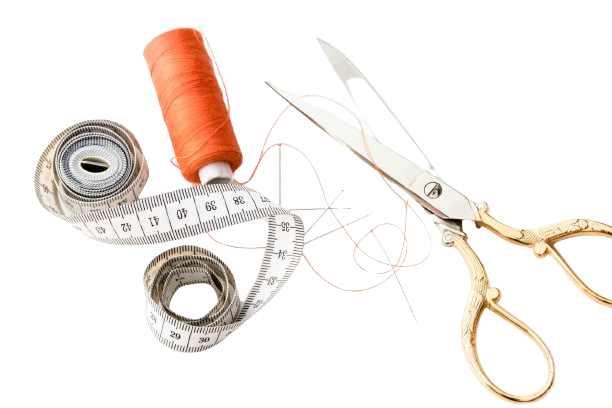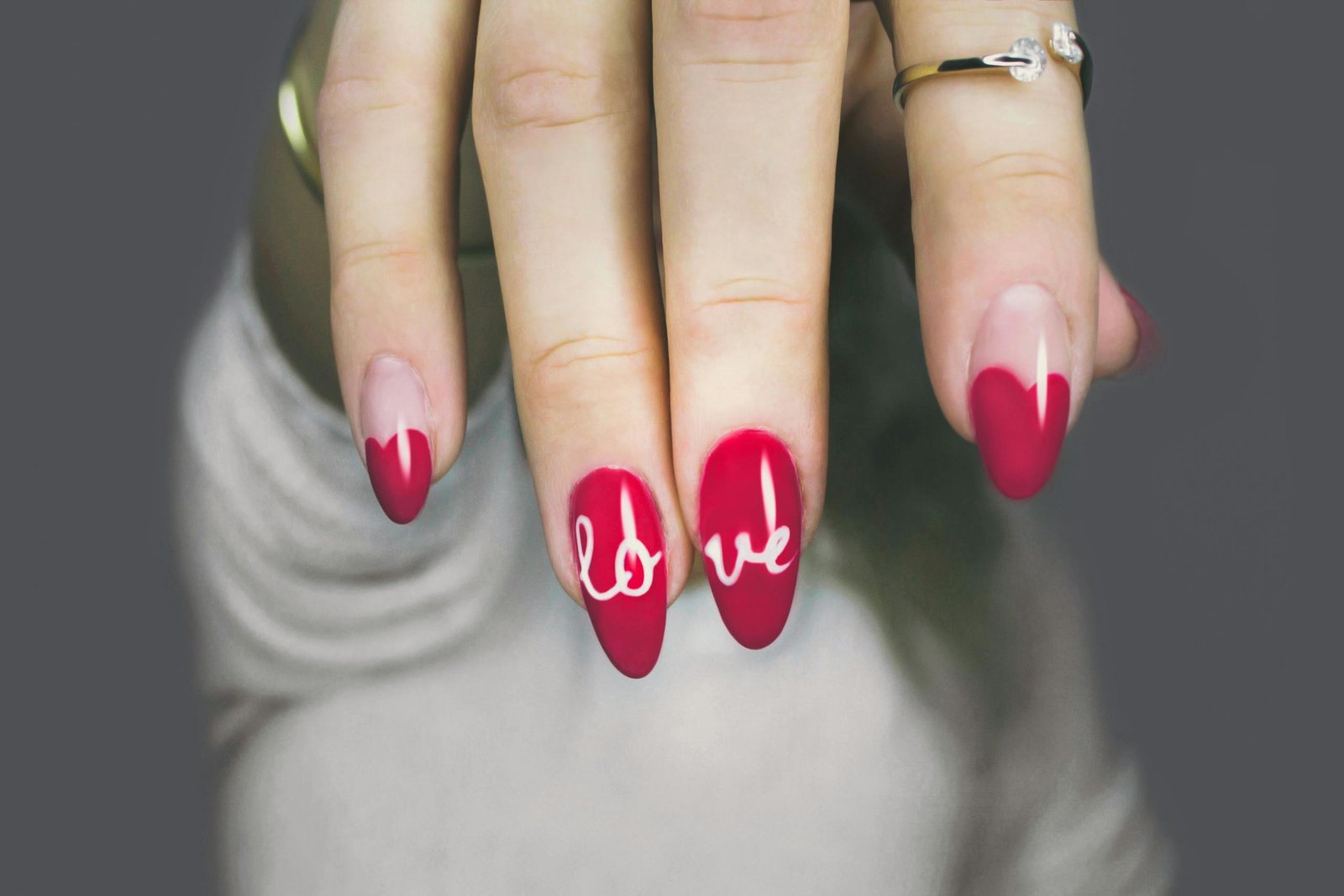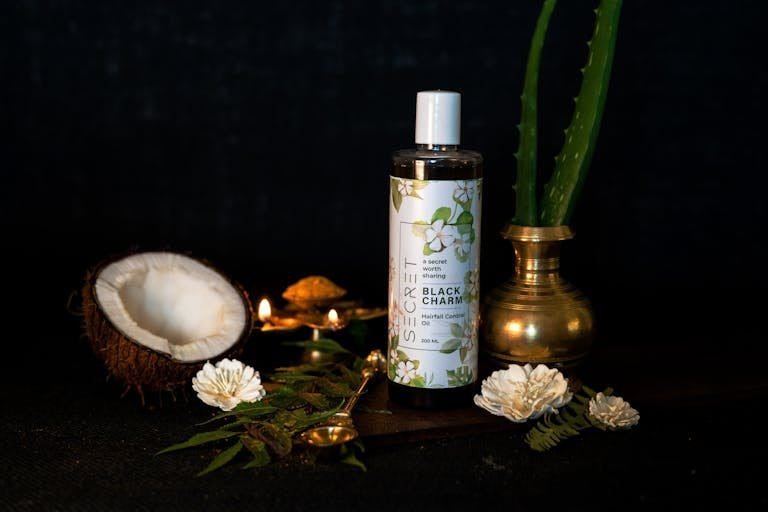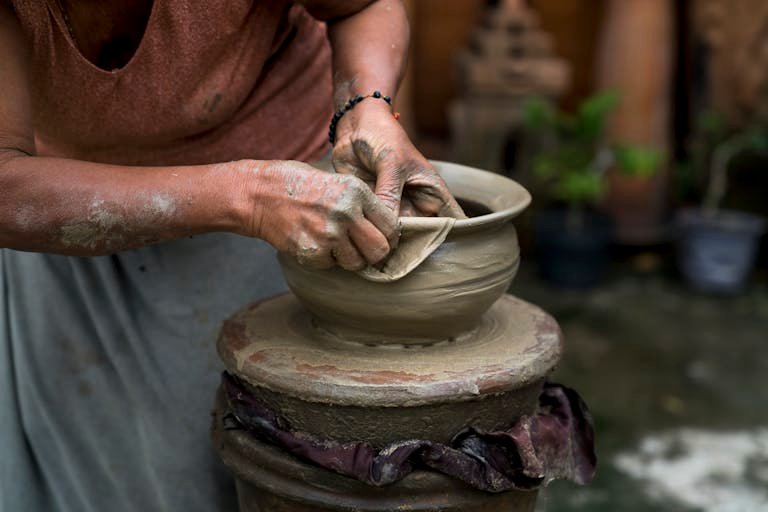Flocking Powder: Velvet-Smooth Finishes Explained
Flocking powder is a versatile, fine, fibrous material used to create a soft, velvety texture on surfaces. The material is typically composed of tiny, cut fibers made from synthetic materials like nylon or rayon. When applied with an adhesive, it forms a plush, three-dimensional coating, adding both texture and aesthetic appeal. This material finds applications in crafts, automotive interiors, industrial products, and even in nail art.
In this blog, I’ll walk you through everything you need to know about flocking powder, including its creation, uses, benefits, and more. This guide will help you fully understand what flocking powder is and how you can utilize it in different areas.
How is Flocking Powder Made?
Flocking powder may seem like a complex material, but with the right steps, you can even create your flocking powder at home. Here’s how you can do it:
Materials You’ll Need
- Base material: Sawdust, wood shavings, or finely shredded paper.
- Color: Acrylic paint, food coloring, or pigment powders.
- Binder: White glue, PVA glue, or a clear spray sealant.
Steps to Make Flocking Powder
1. Prepare the Base Material
- Start by breaking down your base material into fine, evenly-sized particles.
- Ensure the material is free of lumps or large pieces.
2. Add Color
- Choose your desired color, whether it’s acrylic paint, food coloring, or pigment powders.
- Gradually mix the color with the base material, ensuring the distribution is even.
- Use a spoon or fork to stir the mixture thoroughly.
3. Introduce the Binder
- Add a small amount of your binder to hold the colored particles together.
- The amount of binder you use will depend on your desired consistency. Too much may cause clumping, while too little might make the powder too loose.
- Stir the mixture thoroughly to ensure everything is combined evenly.
4. Dry the Mixture
- Spread the mixture flat on a tray or sheet to dry. Make sure it’s in a single layer for consistent drying.
- Let the mixture dry completely. This may take several hours to a day, depending on the humidity and temperature.
5. Crush and Flock
- Once the mixture is dry, gently break it up into smaller, fine pieces. This will give you the soft, fibrous texture that defines flocking powder.
Now that you’ve learned how to make flocking powder, let’s dive into the various applications and uses of this material.
Read Also: Seal MDF Like a Pro: Ultimate Guide Before Painting
Applications of Flocking Powder
Flocking powder is used across a wide range of industries, from crafting to automotive design. Below, I’ll break down some of the most common uses for this material:
1. Crafts and DIY Projects
- Scrapbooking and cardmaking: Flocking powder adds texture and dimension to cards and scrapbook pages.
- Home decor: You can use flocking powder to enhance decorative items like frames, lampshades, and ornaments.
- Nail art: Apply flocking powder to create a unique, velvety finish on nails.
2. Automotive Applications
- Dashboards: Flocking is used on automotive dashboards to reduce glare and add a soft texture.
- Steering wheels and gear shifts: Adding flocking powder enhances both the grip and comfort of handling these components.
- Interior trim: Flocked surfaces improve the aesthetic appeal of various parts of a vehicle’s interior.
3. Industrial Uses
- Non-slip surfaces: Tools, machinery, and even footwear benefit from flocking powder, which enhances grip and safety.
- Packaging materials: In some industries, flocking is used on packaging materials to create a luxurious and protective finish.
4. Textiles and Fashion
- Fabric texture: Designers use flocking to create unique textures on fabrics, often for high-end fashion items or specialty clothing.
- Patterns: Flocking can be applied to create decorative patterns and designs on textiles, making the material more visually appealing and tactile.
5. Electronics
- Improved grip: Electronic devices, such as gaming controllers and phone cases, can be flocked to improve the feel and grip.
- Aesthetic enhancement: The velvety finish can give electronic devices a sleek, modern look.
Benefits of Flocking Powder
Now that you know the uses of flocking powder, let’s discuss why this material is favored across different industries.
1. Enhanced Aesthetics
- Flocking powder gives any surface a plush, luxurious texture, making it visually appealing.
- Whether applied to automotive interiors, crafts, or textiles, flocking provides a high-end, premium look.
2. Improved Grip
- Flocked surfaces are not just about looks—they also offer practical benefits like increased grip.
- This is particularly useful for tools, automotive parts, and electronics, where a better grip can enhance usability and safety.
3. Increased Comfort
- Flocked surfaces are soft to the touch, which can greatly improve the user experience. Imagine holding a steering wheel or using a controller that feels plush and comfortable.
- Flocking enhances comfort without sacrificing functionality, which is why it’s favored in many consumer products.
4. Durability
- When applied properly, flocking powder can be highly durable, resistant to wear, and long-lasting.
- This durability makes it ideal for high-use applications such as in vehicles, industrial tools, or daily-use electronics.
Read Also: Mercerized Cotton Yarn: The Luxe Choice
Conclusion
Flocking powder is a versatile, decorative, and functional material that can be applied to a wide variety of surfaces. From improving the grip and aesthetics of products to enhancing comfort and durability, flocking powder has widespread use across industries like automotive, crafts, textiles, and electronics. Whether you’re creating a DIY project at home or working on an industrial-level production, understanding the properties and benefits of flocking powder can open the door to endless possibilities.







